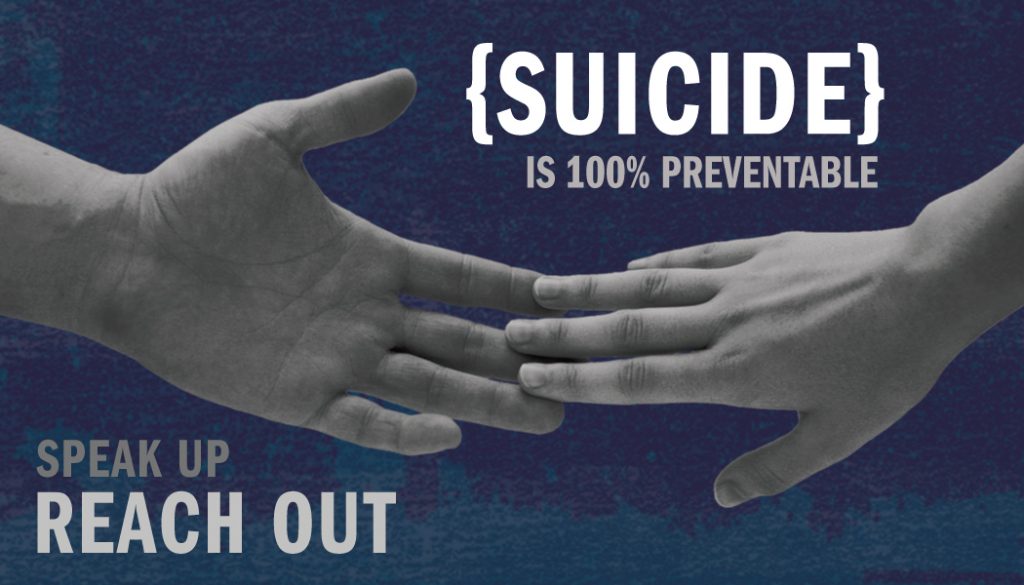You cannot predict death by suicide, but you can identify people who are at increased risk for suicidal behavior, take precautions, and refer them for effective treatment.
Ask
Ask the person directly if he or she (1) is having suicidal thoughts/ideas, (2) has a plan to do so, and (3) has access to lethal means:
- “Are you thinking about killing yourself?”
- “Have you ever tried to hurt yourself before?”
- “Do you think you might try to hurt yourself today?”
- “Have you thought of ways that you might hurt yourself?”
- “Do you have pills/weapons in the house?”
This won’t increase the person’s suicidal thoughts. It will give you information that indicates how strongly the person has thought about killing him- or herself.
Take seriously all suicide threats and all suicide attempts. A past history of suicide attempts is one of the strongest risk factors for death by suicide.
There is no evidence that “no suicide contracts” prevent suicide. In fact, they may give counselors a false sense of reassurance.
Listen and look for red flags
Listen and look for red flags for suicidal behavior, indicated by the mnemonic:
IS PATH WARM?
- Ideation—Threatened or communicated
- Substance abuse—Excessive or increased
- Purposeless—No reasons for living
- Anxiety—Agitation/Insomnia
- Trapped—Feeling there is no way out
- Hopelessness
- Withdrawing—From friends, family, society
- Anger (uncontrolled)—Rage, seeking revenge
- Recklessness—Risky acts, unthinking
- Mood changes (dramatic)
Act
If you think the person might harm him- or herself, do not leave the person alone.
- Say, “I’m going to get you some help.”
- Call the National Suicide Prevention Lifeline, 1-800-273-TALK. You will be connected to the nearest available crisis center. Or…
- Go to SAMHSA’s Mental Health Services Locator or Substance Abuse Treatment Facility Locator.

